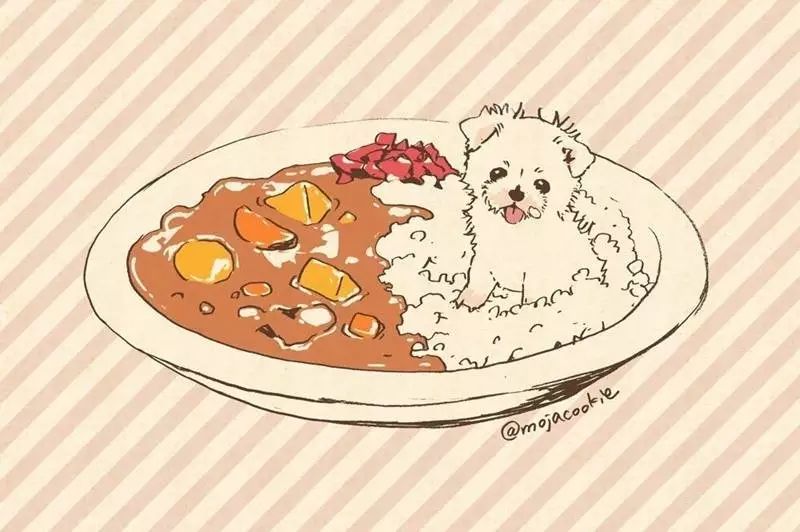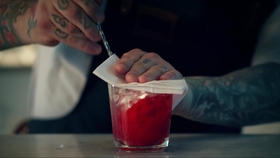Sour Dough Discard Recipe: Transforming Waste into Flavorful Breads
Guide or Summary:Ingredients:Instructions:In the world of baking, there's a treasure trove of ingredients often overlooked and discarded, yet they hold the……
Guide or Summary:
In the world of baking, there's a treasure trove of ingredients often overlooked and discarded, yet they hold the key to unlocking incredible flavors and textures in our favorite baked goods. One such underutilized ingredient is the sour dough discard. While bakers often find themselves with more starter than they can use in a single recipe, this seemingly wasted product can be the secret weapon in crafting artisanal breads and other baked goods that rival those from the most renowned bakeries.
The sour dough discard, also known as the "wild yeast," is the byproduct of the fermentation process that begins the sourdough bread-making journey. This liquid, rich in beneficial bacteria and yeast, is typically discarded after each feeding cycle of the starter. However, when utilized creatively, it can transform simple bakes into complex, flavorful creations.
To harness the power of sour dough discard, we delve into a recipe that transforms this often-forgotten ingredient into a delightful addition to your baking repertoire. This recipe not only reduces waste but also enriches your bread with a depth of flavor that surpasses traditional loaves.
Ingredients:
- 2 cups sour dough discard
- 4 cups all-purpose flour
- 1 tablespoon granulated sugar

- 1/2 teaspoon salt
- 1/2 cup warm water
- 1 tablespoon olive oil
Instructions:
1. **Activate the Sour Dough Discard:** Begin by activating the sour dough discard. In a large mixing bowl, combine the discard with 1/2 cup of warm water. Allow it to sit for about 30 minutes, or until it becomes frothy and active. This step rejuvenates the yeast and ensures it's ready to contribute to the fermentation process.
2. **Combine Dry Ingredients:** In a separate bowl, whisk together the all-purpose flour, granulated sugar, and salt. This mixture will form the backbone of your bread, providing structure and flavor.

3. **Create the Dough:** Gradually add the activated sour dough discard to the dry ingredients, mixing until a shaggy dough forms. If the dough seems too sticky, add a little more flour, one tablespoon at a time, until it reaches the desired consistency.
4. **Knead the Dough:** Transfer the dough to a lightly floured surface and knead for about 10 minutes, or until it becomes smooth and elastic. This kneading process develops the gluten in the flour, which is crucial for the bread's structure and texture.
5. **First Rise:** Place the kneaded dough back into the mixing bowl, cover it with a damp cloth, and let it rise in a warm, draft-free place for about 1-2 hours, or until it has doubled in size. The first rise allows the yeast to ferment the dough, creating air pockets that will give your bread its signature lightness.
6. **Shape the Bread:** Once the dough has risen, punch it down to release any air bubbles. Then, shape it into a loaf or rolls, depending on your preference. Place the shaped dough onto a baking sheet lined with parchment paper.
7. **Second Rise:** Allow the shaped dough to rise again for about 30 minutes. This second rise ensures that the bread will have a light and airy texture once baked.

8. **Preheat and Bake:** Preheat your oven to 375°F (190°C). Once the oven is hot, place the baking sheet with the shaped dough inside and bake for 25-30 minutes, or until the crust is golden brown and the bread sounds hollow when tapped on the bottom.
9. **Cool and Enjoy:** Remove the bread from the oven and let it cool on a wire rack for at least 30 minutes before slicing. This cooling period allows the bread to set and develops its flavor even further.
By repurposing the sour dough discard in this recipe, you not only reduce waste but also elevate your baking to new heights. The result is a bread that boasts a complex flavor profile, with notes of tanginess and depth that can only be attributed to the power of fermentation.
This sour dough discard recipe is not just about creating a delicious loaf; it's about embracing the entire process of bread-making and finding joy in transforming what might otherwise be discarded into something precious and flavorful. So next time you're faced with a surplus of sour dough discard, remember that it holds the key to unlocking a world of culinary delight. Let's not waste this treasure again!